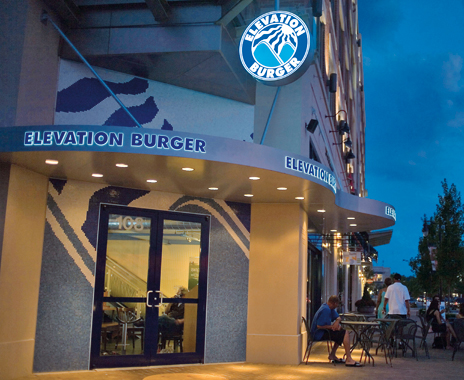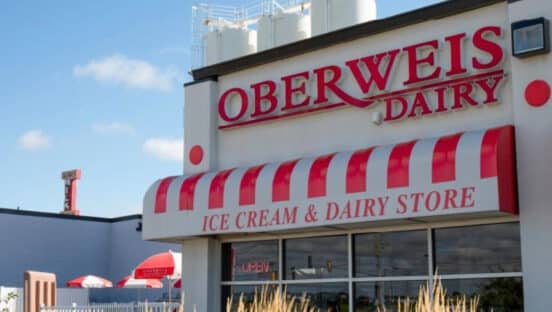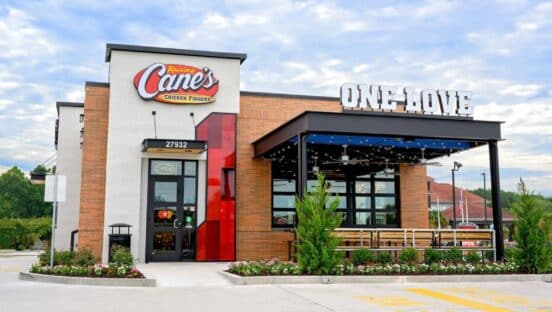The chief executive officer is often the face of a brand. And when the time comes for a new leader to assume the role, experts say, an efficient succession plan can help establish a smooth transition and reassure employees that all is well with the brand.
In its first-ever succession, Elevation Burger looked outside the company for its new CEO. The brand quickly recruited former McDonald’s executive Rick Altizer specifically for his industry experience. Founder and then-CEO Hans Hess knew that a change in leadership would play an integral part in growing the Arlington, Virginia–based franchise.
“It showed a lot of humility and the ability to self-analyze what his strengths and weaknesses were,” says Michael Berger, managing partner for Elevation Burger. “Oftentimes, the founder or the brainchild is often not the growth CEO. After that soul searching, he decided what the company needed was a tried-and-true professional.”
Alternatively, Cincinnati, Ohio–based Gold Star Chili sought a leader who was “in the family”—quite literally. When CEO Mike Rohrkemper first began considering retirement, he supplied the board of directors with guidelines for choosing an internal, external, or family candidate. Ultimately they selected a board and family member, Roger David.
“I kind of grew up in the business [and] worked here for 10 years,” David says. His father was one of four brothers who founded Gold Star Chili in 1965. Most recently, David served as CEO for Buffalo Wings & Rings. “It has come full circle a little bit,” he adds.
David is currently working as senior vice president and shadowing Rohrkemper during a four-month transition period, which began in January. David will take over the position in May, but Rohrkemper will continue to offer guidance as his predecessor did.
“When I came on board, the CEO was given a 12-month consultative project, and I could leverage his knowledge and expertise on an as-needed basis,” Rohrkemper says. “It does make the succession simpler, because Roger does know a lot about the company.”
During his overlap with Rohrkemper, David will meet with the executive and management teams to articulate his mission and values. Beyond these formal conferences, he also plans for more casual encounters.
“I’m making time to connect with folks over lunch just so they know me … so I’m not this name and face from afar that’s going to be the CEO,” David says. In addition to these lunches, he also plans to join the delivery teams going from the distribution system to the stores. “When I’m out there delivering the product, and they’re surprised when I walk in the back door carrying chili, I think it’s really going to set the stage moving forward.”
Elevation Burger also took advantage of a brief transition, and Hess, who is chairman of the board, is still involved in the company. “[Altizer] spent between 30 and 45 days physically working alongside Hans where they essentially shared an office,” Berger says. “I’d say the transition is completely over, but with a company that’s homegrown like we are, there’s a lot of information that is still valuable to impart.”
Lynette McKee, CEO and managing partner of the consultancy McKeeCo Services, says any company that loses its CEO and doesn’t have a succession plan in place could hit hard times quickly. A period of overlap like those that Elevation Burger and Gold Star Chili implemented is useful because there is no time between executives. The overlap also offers time for imparting knowledge to the new leader and giving him or her a trial run for the job, she adds.
“The expectations are being set that you have to live up to this,” McKee says. She points to a former client that had a three-to-five-year plan in which the successor worked as a senior vice president. “This isn’t automatic; we’re going to give you the tools in this position, and you have to perform,” she says.
The duration of this training period is often dependent upon the operator, its size, and the incoming executive. “I don’t think there’s any magic bullet on that,” McKee says. “It’s just more looking at it from a strategic standpoint and figuring out what the need is.”
She advises operators to keep performance reviews and annual evaluations in case an employee might be able to take on the role in an interim capacity.
Another crucial element for the transition between executives is communication. The process can cause uncertainty among staff and franchisees, especially when it is prolonged, and communication helps give the system confidence that the process is moving along as it should, David says.
“What you want to avoid is the period of limbo between the current and incoming [CEO] and to be sensitive to what implication that may have for the rest of the management team and organization,” he says. “You definitely want to be clear about your timeline and your purpose and how things transition. It would alleviate any ambiguity.”
To minimize such concerns, Elevation Burger worked with the franchisee leadership during the search process and told the staff once they had homed in on Altizer. Hess also used the annual franchise meeting to introduce Altizer and do a formal handoff.
Such ceremonies, along with a sound transition plan, can go a long way in maintaining productivity and morale amid a succession, McKee says.
“It gives a comfort level when you’re planning for the future,” she says. “The known is better than the unknown.”













